Papal Election: A Comprehensive Look At The Conclave Process
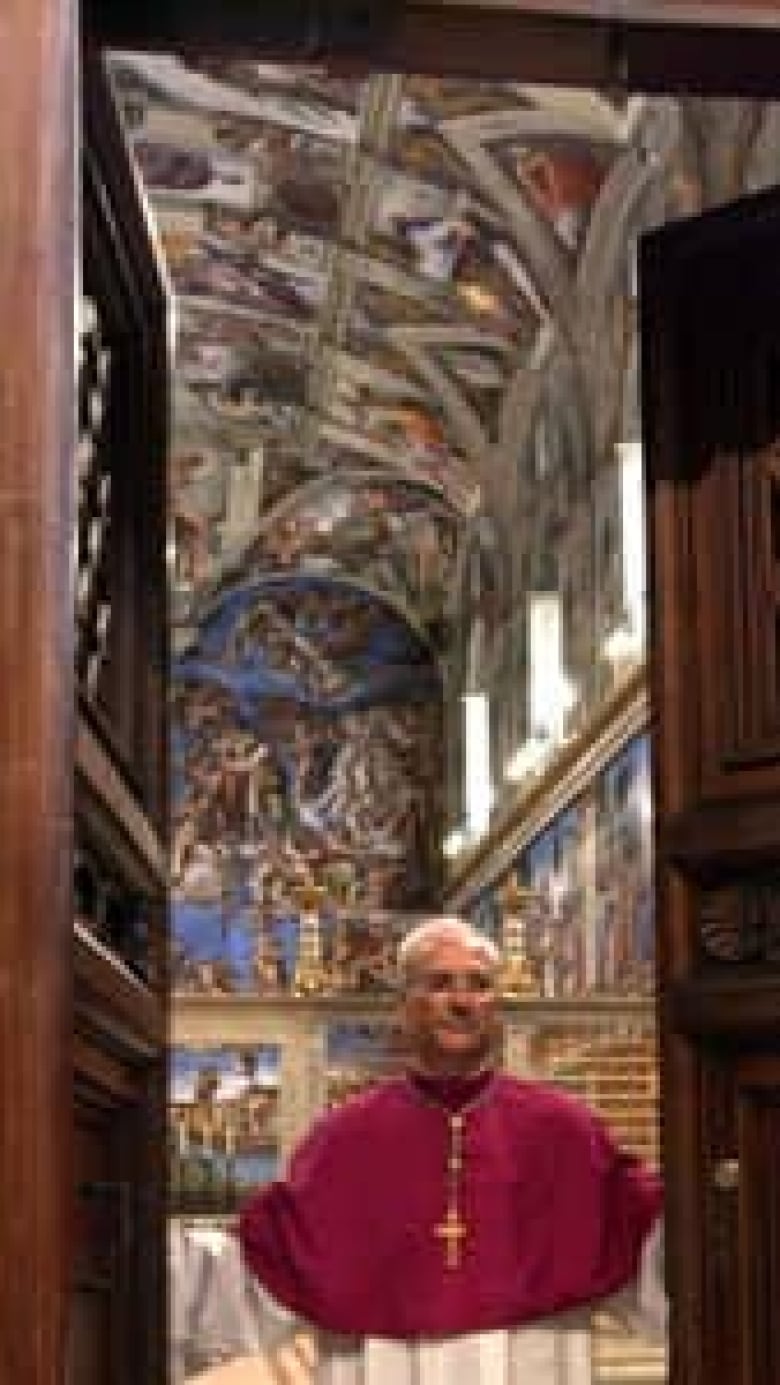
Table of Contents
The History and Evolution of Papal Elections
The history of Papal elections is a long and fascinating journey, marked by significant changes and reforms. Early elections were often heavily influenced by political powers, with emperors and local rulers wielding considerable influence over the selection of the next Pope. This led to periods of corruption and instability, culminating in crises like the Great Western Schism (1378-1417), where rival Popes claimed legitimacy.
This tumultuous period spurred significant reforms. The gradual rise of the College of Cardinals, originally an advisory body, marked a crucial shift. Cardinals began to play a more dominant role in the election process, ultimately becoming the sole electors. The introduction of Papal conclaves, essentially secluded meetings of the Cardinals, aimed to reduce external pressures and ensure a more impartial election.
- Early elections often influenced by political powers. Emperors and powerful families frequently exerted their influence, leading to contentious and often corrupt elections.
- The rise of the College of Cardinals and their role. The Cardinals' influence steadily grew until they became the sole electors of the Pope.
- The introduction of Papal conclaves to reduce outside influence. Conclaves provided a degree of seclusion and aimed to minimize external interference.
- Modern reforms aimed at transparency and efficiency. More recent reforms have sought to improve transparency and streamline the process. The 1975 Apostolic Constitution Romano Pontifici Eligendo significantly shaped the modern Conclave.
The Role of the College of Cardinals
The College of Cardinals is central to the Papal Election. Its members, the Cardinals, are appointed by the Pope and constitute the body that elects his successor. They are divided into three classes: Cardinal Bishops, Cardinal Priests, and Cardinal Deacons. However, only Cardinal electors participate in the Conclave.
- Cardinal electors: These are Cardinals under the age of 80 at the time of the Pope's death or resignation. Their number is capped, influencing the dynamics of the election.
- The role of the Cardinal Camerlengo during the sede vacante. The Camerlengo acts as the head of the administration during the period between papal deaths and the election.
- The importance of the Cardinal Dean in guiding the Conclave. The Cardinal Dean plays a crucial ceremonial role and guides the proceedings during the Conclave.
The Sede Vacante Period
The sede vacante ("vacant see") is the period between the death or resignation of a Pope and the election of his successor. During this time, the governance of the Church continues, though with certain limitations. The Cardinal Camerlengo manages the day-to-day administration, ensuring the smooth functioning of the Vatican.
- Governance of the Church during the sede vacante. The Church's administrative functions continue under the guidance of the Camerlengo.
- Preparation for the Conclave. The sede vacante period also involves crucial preparations for the upcoming Conclave, including logistical arrangements and the confirmation of eligible Cardinal electors.
- Secrecy and isolation during this time. Strict secrecy surrounds the sede vacante, maintaining the dignity of the office and ensuring an impartial election.
The Conclave Process: Steps and Procedures
The Conclave, the formal meeting of Cardinal electors, takes place in the Sistine Chapel. The process is highly structured and meticulously documented. Cardinals gather, take an oath of secrecy, and begin the process of electing the new Pope. Voting continues until a candidate receives a two-thirds majority.
- The Conclave's location and security. The Sistine Chapel is chosen for its historical significance and security features. Strict security protocols are implemented to maintain confidentiality and prevent external influence.
- The process of voting and ballot counting. Ballot papers are meticulously counted, and the results are immediately destroyed to maintain secrecy.
- The significance of "fumata bianca" (white smoke) and "fumata nera" (black smoke). White smoke signals the election of a new Pope, while black smoke indicates that no candidate has reached the required majority.
- The formal announcement of the new Pope ("Habemus Papam!"). Once elected, the new Pope appears on the balcony of St. Peter's Basilica to address the faithful.
Challenges and Controversies in Papal Elections
Throughout history, Papal elections have faced challenges and controversies. Political influence has sometimes played a significant role, raising concerns about impartiality. Transparency has also been a point of debate, particularly in the past. The qualifications of electors and the reform of the electoral system remain ongoing discussion points.
- Influence of political factors. Historically, political pressures have influenced the outcome of some elections.
- Concerns about transparency and accountability. Modern reforms seek to improve transparency and accountability in the election process.
- Debates on the qualifications of electors. Discussions continue about the optimal criteria for Cardinal electors.
- Proposals for reform of the electoral system. Proposals for modifying aspects of the election process are occasionally debated.
Conclusion
The Papal Election, a complex and historically significant event, remains a crucial process in the Catholic Church. Understanding the intricacies of the Conclave—from its historical evolution to the contemporary procedures—provides valuable insight into the selection of the leader of the global Catholic community. To delve deeper into this fascinating process and learn more about the rich history and significance of the Papal Election, explore further resources and continue your research. Learning about the intricacies of the Papal Election offers a unique perspective on Church governance and the enduring legacy of its leaders.

Featured Posts
-
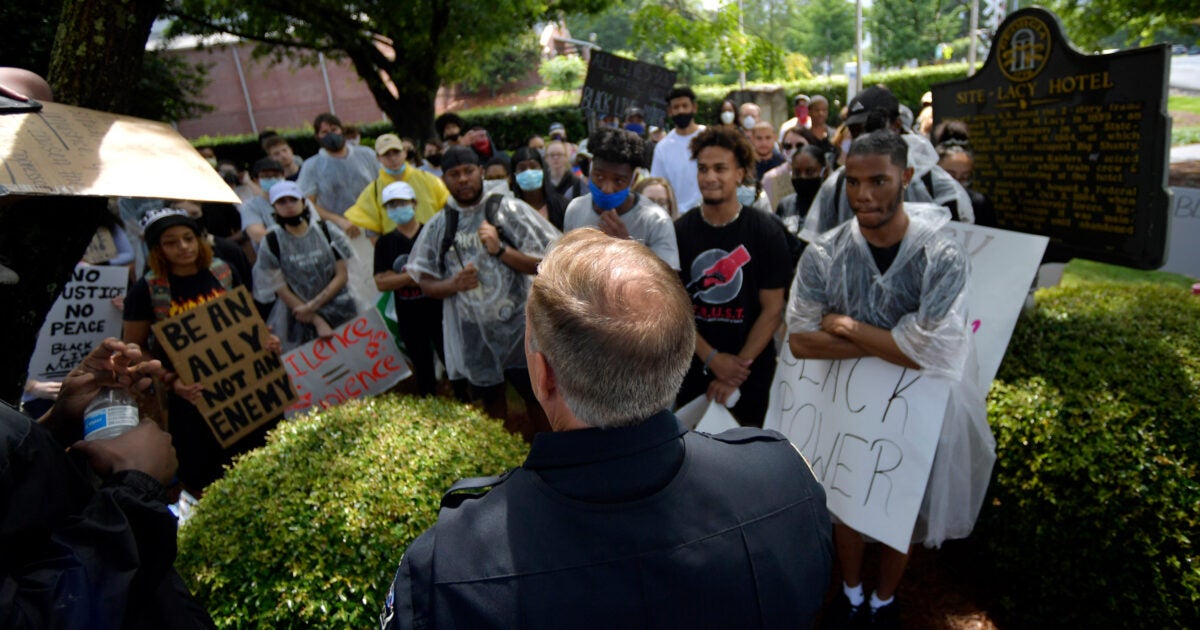 Harvard Universitys Response To President Trumps Attacks
May 07, 2025
Harvard Universitys Response To President Trumps Attacks
May 07, 2025 -
 Ny Stjaernturnering Kan Loesa Nhl Konflikten
May 07, 2025
Ny Stjaernturnering Kan Loesa Nhl Konflikten
May 07, 2025 -
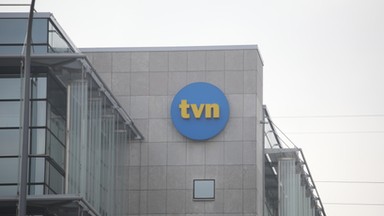 Podcast Onetu I Newsweeka Stan Wyjatkowy Nowe Odcinki Dwa Raz W Tygodniu
May 07, 2025
Podcast Onetu I Newsweeka Stan Wyjatkowy Nowe Odcinki Dwa Raz W Tygodniu
May 07, 2025 -
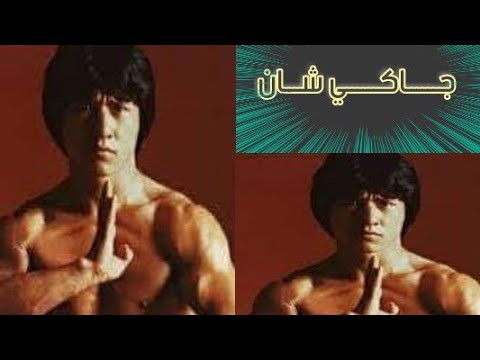 Mhrjan Lwkarnw Tkrym Astthnayy Ljaky Shan
May 07, 2025
Mhrjan Lwkarnw Tkrym Astthnayy Ljaky Shan
May 07, 2025 -
 Xrps Surge Outpacing Bitcoin After Secs Grayscale Etf Filing Recognition
May 07, 2025
Xrps Surge Outpacing Bitcoin After Secs Grayscale Etf Filing Recognition
May 07, 2025
Latest Posts
-
 Thunders Game 1 Win Alex Caruso Makes Nba Playoff History
May 08, 2025
Thunders Game 1 Win Alex Caruso Makes Nba Playoff History
May 08, 2025 -
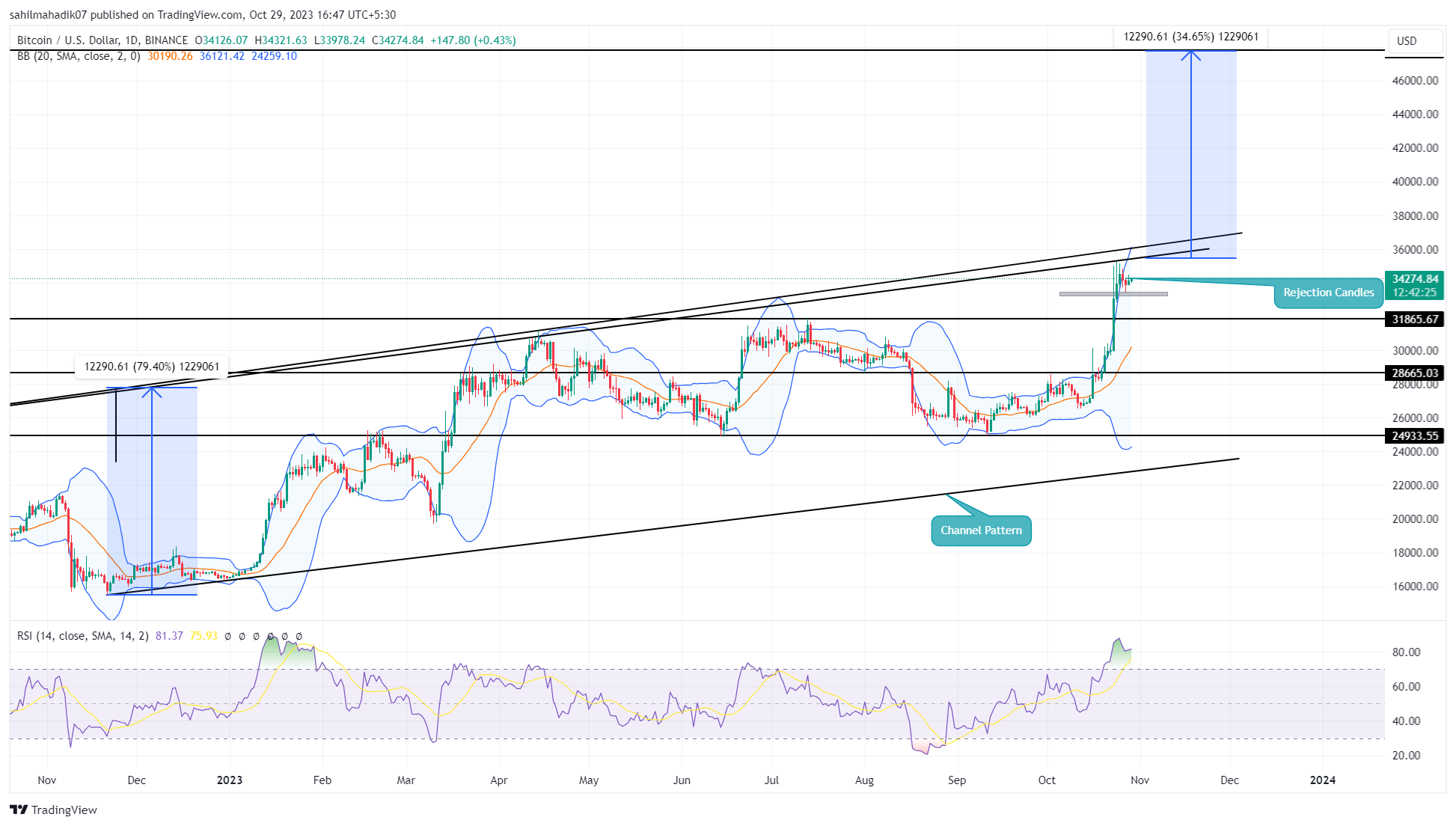 Analyzing A 1 500 Bitcoin Price Increase Prediction
May 08, 2025
Analyzing A 1 500 Bitcoin Price Increase Prediction
May 08, 2025 -
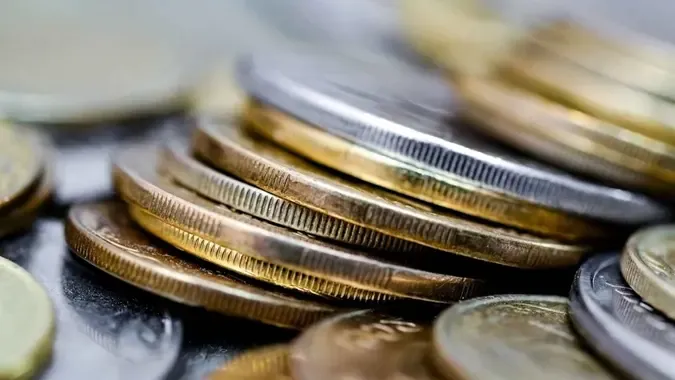 Expert Prediction Bitcoin Could Soar By 1 500 In Five Years
May 08, 2025
Expert Prediction Bitcoin Could Soar By 1 500 In Five Years
May 08, 2025 -
 Alex Carusos Playoff History Making Performance In Thunder Game 1 Victory
May 08, 2025
Alex Carusos Playoff History Making Performance In Thunder Game 1 Victory
May 08, 2025 -
 Bitcoins Future Exploring The Possibility Of A 1 500 Rise
May 08, 2025
Bitcoins Future Exploring The Possibility Of A 1 500 Rise
May 08, 2025
